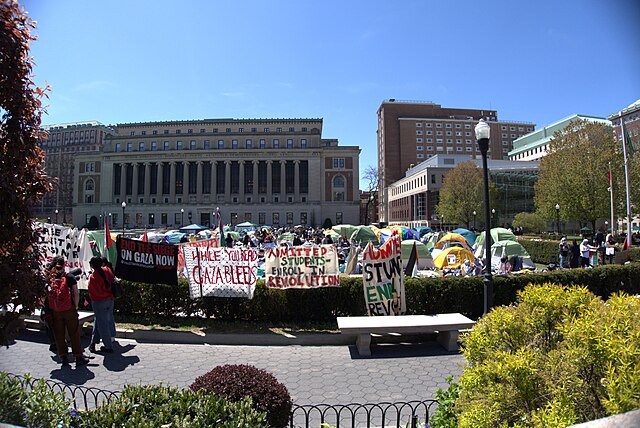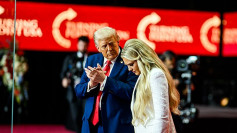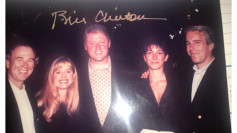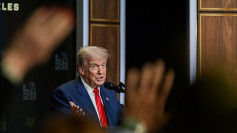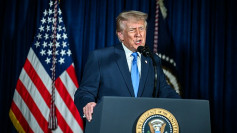As Columbia University students return for the fall semester, the institution braces for a resurgence of intense campus protests that marked the end of the previous academic year. The demonstrations, driven by pro-Palestinian activists, have prompted the university to implement new measures aimed at managing and mitigating disruption, though challenges remain.
On Tuesday, as the academic year began, masked protesters from groups such as Columbia Students for Justice in Palestine gathered outside the university's entrances. Chanting "Free Palestine!" and holding signs demanding that the university "divest from death," the activists signaled a continuation of the spring's contentious demonstrations. The protests, which had resulted in over 100 arrests and international media coverage, are set to reignite as students and faculty return to campus.
The demonstrations come against the backdrop of ongoing violence in the Israeli-Palestinian conflict. Recent escalations, including the killing of Israeli American Hersh Goldberg-Polin by Hamas, have intensified emotions and mobilized activism on campus. The protesters' demands center on Columbia University severing ties with companies linked to Israel, reflecting broader calls for academic and economic boycotts.
In response to last semester's turmoil, Columbia's new leadership, under interim President Katrina Armstrong, has undertaken several initiatives. These include holding listening sessions with students and faculty, releasing a report on campus antisemitism, and issuing revised protest guidelines designed to minimize disruption. Despite these efforts, many are skeptical about their effectiveness.
The university's revised policies now require protesters to notify the administration of planned demonstrations and prohibit activities that "substantially inhibit the primary purposes" of university spaces. These measures aim to balance the right to free expression with maintaining a safe and functional learning environment. "The University may restrict expression that constitutes a genuine threat of harassment or defamation," the new guidelines state.
Despite these regulations, the campus atmosphere remains tense. The university has heightened security measures, including the installation of guards and barricades around campus entrances. These changes have been met with mixed reactions from the student body. Layla Hussein, a junior involved in orientation programming, criticized the increased security as a disruptive presence, stating, "We're trying to cultivate a welcoming environment. It doesn't help when you look outside and see security guards and barricades."
The recent task force report on antisemitism, released just before the semester, criticized the university for allowing antisemitic sentiments to fester following the October 7 Hamas attack. The report recommended significant changes, including overhauling the disciplinary process and increasing sensitivity training. However, some faculty members, like history professor Rebecca Korbin, remain wary, fearing that the lack of substantial changes will lead to further disruptions.
The university's response to the protests has also included legal and administrative actions. After a lawsuit by Jewish students alleging a dangerous campus environment, Columbia agreed in June to provide a "safe passage liaison" for those affected by protest activities. Additionally, three administrators were removed for disparaging remarks about Jewish life on campus, reflecting the institution's commitment to addressing concerns about antisemitism.
Eduardo Vergara, a graduate student and literature instructor at Columbia, expressed concern about the potential impact of these issues on classroom dynamics. "It feels like everything is calm now," Vergara said, "I don't think that's going to last long." He anticipates that discussions about the ongoing conflict and its implications for campus life will dominate the semester.
